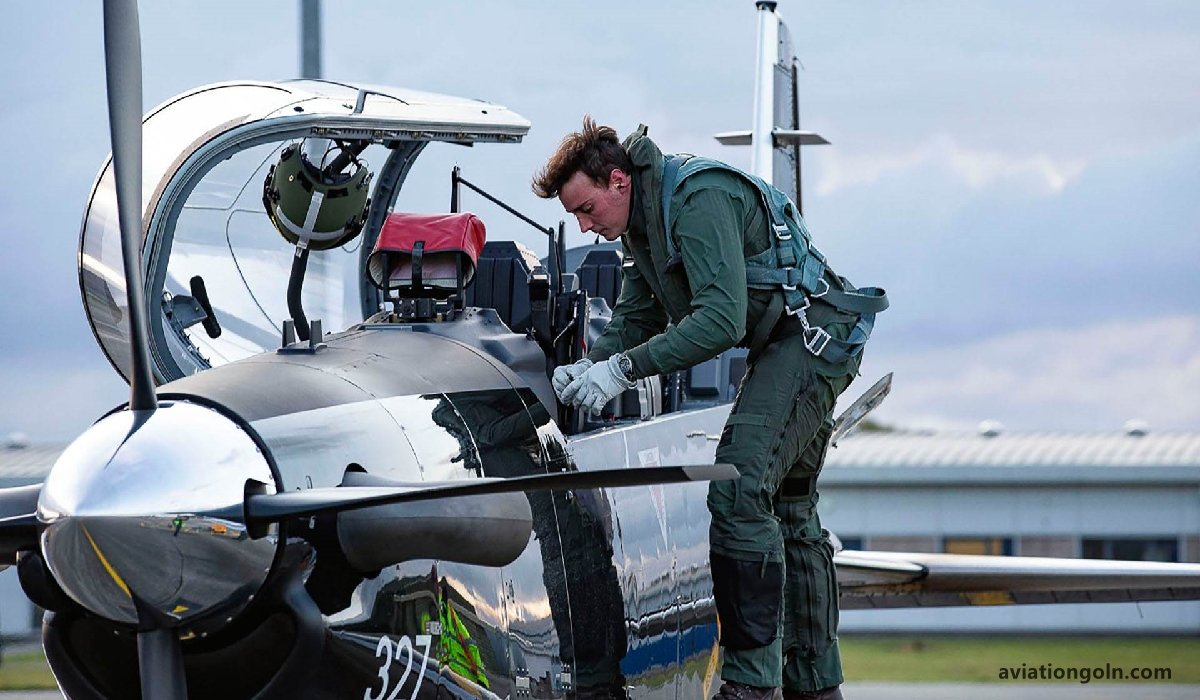The brave men and women who take to the skies as military pilots serve as essential assets to their nation’s defense forces. However, becoming a military pilot is not a mere job; it is a vocation that demands rigorous training, unwavering dedication, and an acceptance of the risks inherent to the role. This article delves into the world of military aviation careers, looking at the path one might take to become a military pilot, the different roles they serve, and the future of military aviation.
Military Pilots

The Path to Becoming a Military Pilot
A. Selection Process
The path to becoming a military pilot begins long before one ever sets foot in an aircraft. Potential aviators must first meet strict eligibility criteria, which often includes age restrictions, physical fitness standards, and educational requirements. After meeting these basic requirements, applicants undergo a rigorous selection process that evaluates their aptitude for flight, psychological readiness, and physical condition.
B. Training Regimen
Once selected, trainee pilots enter a demanding training program that can last anywhere from one to three years, depending on the specific air force and type of aircraft. This regimen usually includes:
- Ground School: Covering aerodynamics, navigation, aircraft systems, and military protocols.
- Flight Training: Beginning with basic flying skills and progressing to advanced combat maneuvers.
- Specialization: Trainees may then specialize in areas such as fighter aircraft, transport planes, or helicopters.

Roles and Responsibilities of Military Pilot
Military pilots are not limited to combat roles. In fact, military aviation spans a wide array of responsibilities:
A. Combat Pilots
Arguably the most recognized role, combat pilots fly fighter jets, engaging in air-to-air combat and launching precision strikes against ground targets.
B. Transport Pilots
They play the vital role of transporting troops, equipment, and supplies. They often operate in challenging environments, requiring exceptional piloting skills.

C. Reconnaissance and Surveillance Pilots
Using specialized aircraft, these pilots gather intelligence, scout enemy positions, and provide critical data to ground forces.
D. Search and Rescue Pilots
Often flying helicopters, these pilots undertake risky missions to retrieve injured personnel from both combat zones and civilian disasters.
E. Trainer Pilots
Veteran pilots who train the next generation, ensuring that their invaluable experience and skills are passed on.

The Lifestyle and Challenges
A. Deployment
Military pilots can be deployed worldwide, sometimes with little notice. These deployments can last for extended periods, taking pilots away from their families and placing them in potentially hazardous environments.
B. Physical and Mental Strain
The G-forces experienced during flight, especially in combat situations, can strain the body. Additionally, the immense responsibility of piloting multimillion-dollar aircraft, often in hostile territories, can exert significant psychological pressure.
C. Continuous Learning
Aircraft technology and warfare tactics evolve constantly. Thus, military pilots often find themselves in a perpetual state of training and adaptation.

Future of Military Aviation
A. Drones and Unmanned Aerial Vehicles (UAVs)
The increasing use of drones in modern warfare offers new avenues for pilots. They may find themselves remotely piloting UAVs, requiring a different set of skills than traditional flight.
B. Advanced Fighter Jets
The development of advanced fighter aircraft, equipped with state-of-the-art avionics and stealth technology, promises an exciting future for combat pilots.
C. Challenges and Adaptability
Emerging threats, like cyber-attacks on aircraft systems, require pilots to be adaptable and ever-vigilant. Their training will increasingly incorporate strategies to counter such threats.

Beyond Military Service
After their military careers, many pilots transition to civilian roles. Commercial airlines often seek former military pilots for their exceptional training and discipline. Others might join private aviation companies, work in aerospace industries, or take on roles as consultants or trainers.

Being a military pilot is about more than just flying an aircraft. It’s about serving one’s nation, often under the most challenging conditions. The career path is demanding, requiring both physical and mental fortitude. However, the rewards, both tangible and intangible, are immense. As technology and tactics evolve, the role of the military pilot will continue to adapt, ensuring they remain at the forefront of their nation’s defense efforts.
